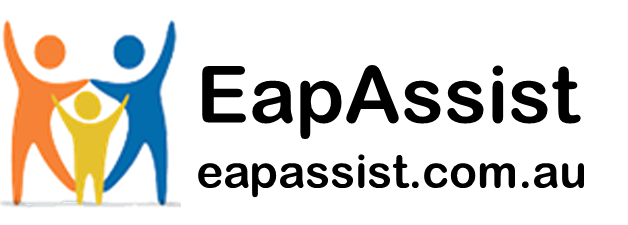
Hearing Aids
As part of our ongoing commitment to the health & wellbeing of all employees EAP Assist is making Hearing Aids available & affordable. It is well known that the hearing health of employees is directly connected to their overall health & wellbeing.
EAP Assist will provide our registered employers and their employees with Hearing Aids at $99.00 per unit, significantly reducing the normally prohibitive high purchase costs with similar products being sold in Australia for between $1500 – $2000. EAP Assist makes no profit whatsoever on this product and believes individuals should not have to live with impaired hearing due to extraordinary price gouging and price manipulation which exists in this largely unregulated space.
When employees are able to hear & engage with the world around them they live better & healthier lives. When employers put their employee’s health, safety & wellbeing first, they create a workplace culture of engagement & care. Hearing loss isn’t just an ear issue, it is a quality of life & health issue.
Employee benefits of EAP Assist Hearing Aids include:
1. Improved workplace engagement as communication is improved.
2. Stronger workplace relationships resulting from better communication.
3. Strengthening of an all inclusive supportive workplace culture.
4. Improved workplace safety due to improved hearing in challenging environments.
5. Improved cognitive abilities compared with those individuals with hearing loss.
6. Reduced likelihood of depression & anxiety compared with those with hearing loss.
7. Adults with hearing loss are more likely to develop Dementia.
8. Individual with hearing loss are three times more likely to experience fall injuries.
9. Hearing loss is related to High Blood Pressure.
10. Up to 95% of hearing loss can be treated with hearing aids.
EAP Assist Hearing Aid
Our hearing aids with Bluetooth and microphone technology allow you to connect to your smartphones wirelessly. This connectivity lets you stream audio directly to your hearing aids, eliminating the need for headphones or additional accessories. With over-the-counter rechargeable hearing aids with bluetooth and microphone functionality, you have hands-free phone conversations and hear clearly in crowded environments. Bluetooth hearing aids with microphone support you to control various settings and features through the hearing control app. This app allows you to adjust volume levels, change programs, and customize settings based on your preferences and specific listening environments.
-
Multiple directionality microphones and digital signal processing(channels)
-
4 Hearing programs
-
Binaural type
-
Hearing App (iOS and Android)
-
Direct Audio Streaming from iOS devices or Android devices
-
Wireless programming
-
Feedback cancellation & WDRC
-
Multi-function Button
- 3-in-1 Recharging Base
